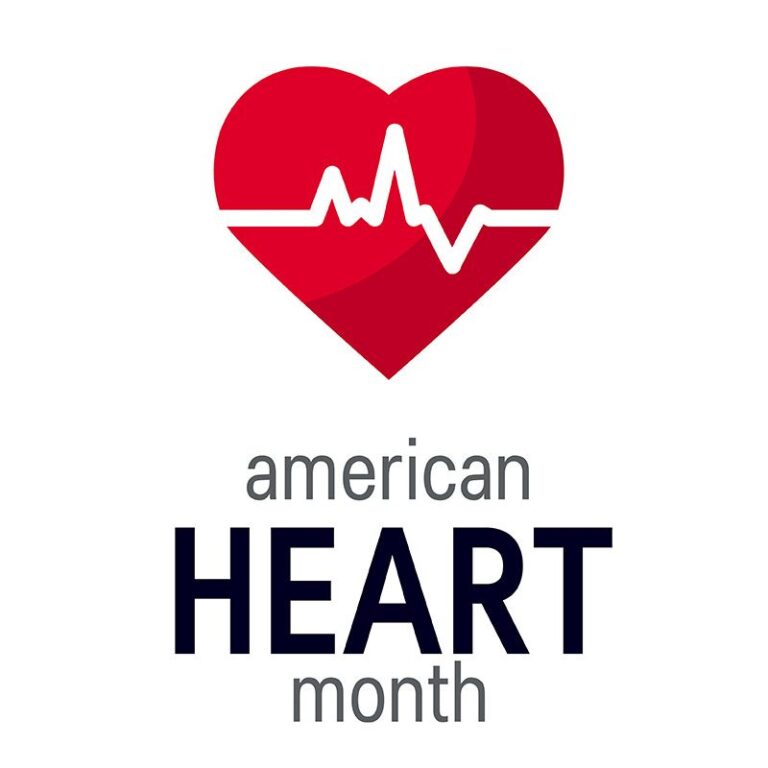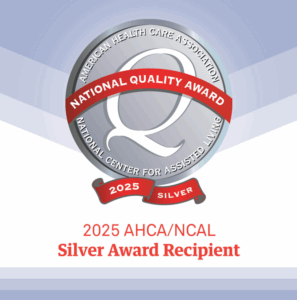Because of Valentine’s Day, we often associate the month of February with red and pink hearts. However, there’s another reason we should think about hearts in February. Did you know it’s also American Heart Month? What better gift to give your loved ones for Valentine’s Day than a strong, healthy heart?
Since 1963, American Heart Month has been celebrated as a way to educate and urge Americans to join the battle against heart disease. In 2004, February was also the signature month for the American Heart Association’s Go Red for Women campaign which spread the message that heart disease is not just a disease men suffer. Since 1996,
the AHA has invested more than $4.5 billion
into studies and research about heart disease.
Million Hearts™ is a national initiative that was launched by the Department of Health and Human Services in September of 2011. Their current goal is to prevent 1 million heart attacks and strokes by the end of 2022, empowering Americans to make healthier choices regarding their lifestyles.
The Facts about Heart Disease
Heart disease is the leading cause of death for both men and women in the United States. In fact, every year, one in four people will die from heart disease. In the U.S., the most common form of heart disease is coronary artery disease, which can lead to a heart attack. Heart disease can strike anyone, no matter your background, but certain individuals may be more at risk than others. For example, those who are overweight, have high blood pressure, have diabetes or smoke are all at a higher risk for heart disease.
Heart Disease Symptoms
While there are several different forms of heart disease, they share common symptoms and warning signs. The most common heart disease symptoms include:
- Angina, or chest pain and discomfort – this is often mistaken for indigestion or heartburn
- Heart palpitations or increased heart rate
- Shortness of breath
- Nausea or sweating
- Dizziness, lightheadedness and weakness
- Throat or jaw pain
- Fatigue or exhaustion
Heart Healthy Tips for Seniors
By making certain lifestyle changes and managing medical conditions sooner rather than later, it’s possible to reduce the risk for heart disease. Small steps can go a long way in reducing your risk for heart disease. For example, decreasing salt intake by using spices on your favorite dishes instead, stocking up on heart healthy foods like fruits and veggies and choosing foods that are low in sodium and fats can all help reduce your risk for heart disease. Getting at least 150 minutes of exercise every week can also help. Breaking down workouts into ten-minute increments when you’re first starting can help you build your strength and stamina as you improve and also help you stay motivated.
It’s also vital to get your blood pressure and cholesterol levels checked on a regular basis. If you’re on medications to help control conditions like high blood pressure, take them on time every day to help further reduce your risk factors.




